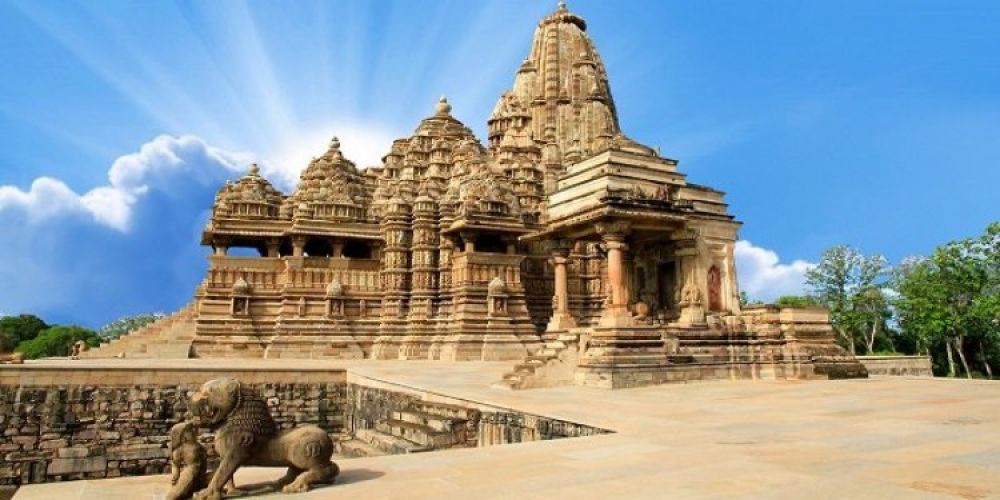

The small town of Khajuraho is famed for its stunning group of medieval Hindu and Jain temples, which are collectively a UNESCO World Heritage Site. The history of tourism in Khajuraho is deeply intertwined with the discovery and restoration of these temples.
After centuries of neglect and covered by dense forests, it was in the British era during the 19th century that the Khajuraho group of temples was brought back to the world's notice by British surveyor T.S. Burt. Accessibility and restoration efforts in the 20th century, however, laid the foundation for what would become a significant tourist attraction in India.
In the 1980s and 1990s, vast improvements in infrastructure, including better roads, the construction of a local airport, and the introduction of guided tours, fostered growth in the number of visitors to Khajuraho.
The Southern Group of Temples, comprising the Duladeo and the Chaturbhuj temples, is less frequented compared to the Western Group, affording a quieter and often more introspective experience. The Duladeo is celebrated for its intricate carvings of Shiva and Parvati, while the Chaturbhuj Temple is unique for its massive, intricately carved Vishnu idol.
In recent years, the Khajuraho temples have experienced a shift in tourism dynamics. Digital technology has played a significant role in this transformation:
The integration of local cultural experiences, such as the annual Khajuraho Dance Festival, combines tourism with a celebration of Indian classical dances, further enhancing the appeal of the destination.
With the increase in visitor numbers, the importance of sustainable tourism practices has been recognized. Efforts are ongoing to preserve the monuments by controlling numbers, ensuring responsible tourism, and educating visitors on the cultural significance of the site.
Khajuraho remains a must-visit destination for tourists interested in history, art, architecture, and the richness of Indian temple tradition, with the Southern Temples being an integral part of the experience.